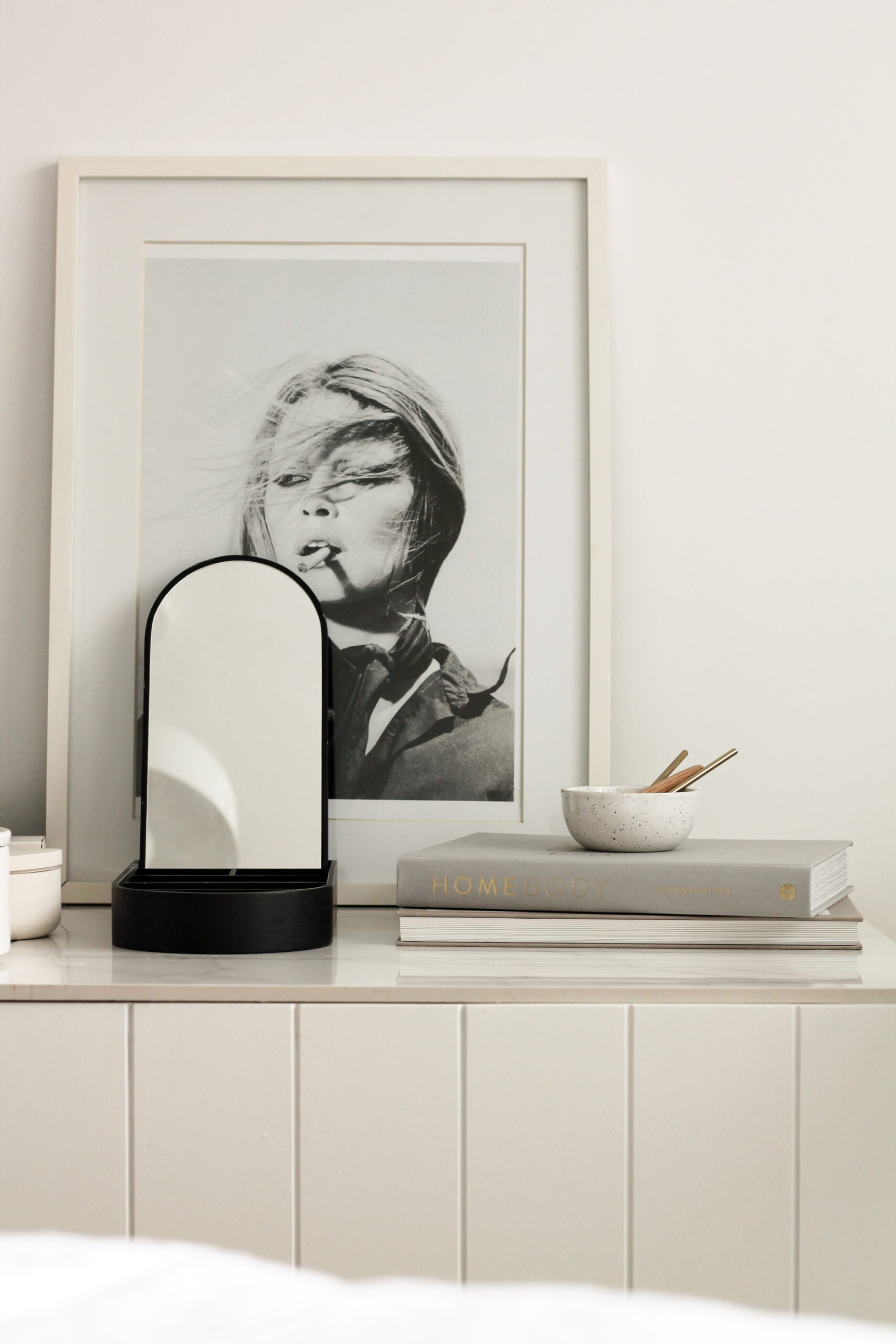A crucial, yet often overlooked aspect of interior design – the art of setting deadlines for your proposals, contracts, and agreements. If you’re aiming to elevate your design business, understanding why and how to implement expiry dates on your proposals can transform your client relationships and help to streamline your operations.
Let’s explore this game-changing strategy and how it can benefit your design journey.

Why Setting Deadlines is Essential in Interior Design
- Manage Your Capacity Effectively: A seamless client journey is paramount. By expiring your proposals, you protect your capacity and schedule. This guarantees that when clients do decide to engage, you can offer them the attention and excellence they deserve, ensuring a mutually satisfying experience.
- Optimise Your Time: Time is your most precious resource. An expiration date on your proposals is not just a boundary for clients; it’s a strategic tool for managing your time efficiently. This approach also gives you a legitimate reason to follow up, reinforcing your commitment to potential clients.
- Embrace Eager Clients: There’s a unique joy in working with clients who share your enthusiasm and commitment. By introducing an expiration date for your proposals, you encourage quick decision-making. Clients who respond swiftly are usually those who are genuinely excited and committed – the ‘Dream’ clients that every designer wishes to work with.
- Capture Dream Projects: As a designer, you’re no stranger to ‘unicorn projects’ – those dream assignments that seem tailor-made for you. However, pending proposals can hinder your ability to grab these opportunities. By setting proposal deadlines, you free yourself to pursue these projects without the fear of over-committing.
- Deter Price Shoppers: Exceptional marketing and a stunning portfolio are your hallmarks. Setting deadlines helps filter out clients who are merely comparing prices. Your unique value becomes apparent, attracting clients who understand and appreciate your distinct approach to design.
- Adapt Your Pricing: The dynamic nature of the design industry means pricing can fluctuate. Expiry dates on your proposals give you the flexibility to adjust your rates in line with market trends, ensuring your business remains competitive and profitable.
Implementing Proposal Expiration in Your Practice
- Clear Communication: Make sure the expiration date is prominently mentioned in your proposal emails. Clarity here is key to avoid any misunderstandings.
- Leverage Technology: Utilise CRM (Customer Relationship Management) software to automate expiration dates. This not only saves time but also helps maintain consistency across your communications.
- Effective Follow-Up: Use follow-up emails to gently remind clients about the limited availability and the impending expiration of the proposal. EmphasiSe that post-expiration, both pricing and availability are subject to change.
Implementing proposal expiration dates is more than just a policy – it’s a statement about your professionalism and the value you place on your work. It helps in building a client base that respects your time and expertise. Remember, your journey to a successful interior design business is about setting standards that benefit both you and your clients.
In our commitment to your growth and success, we’re here to guide you every step of the way. For more insights on thriving in the interior design industry, don’t forget to tune into my podcast, “6 limiting beliefs holding you back.” here.
Here’s to your continued success in creating beautiful spaces and meaningful client relationships!

The Power of Proposal Deadlines in Interior Design
November 19, 2023
